Compost Power: How To Turn Your Food Scraps Into Rich Nutrientdense Soil
Introduction
Composting is the process of breaking down organic matter into a nutrient-rich soil amendment. It's a great way to reduce your household waste, improve the quality of your soil, and help the environment.
In this blog post, we'll discuss the basics of composting, including what materials you can compost, how to set up a compost bin, and how to care for your compost pile. We'll also provide some tips for making your compost more nutritious.
What is Compost?
Compost is a dark, crumbly material that is made up of decomposed organic matter. It's rich in nutrients, such as nitrogen, phosphorus, and potassium, which are essential for plant growth. Compost also helps to improve the structure of soil, making it easier for water and air to penetrate.
What Can You Compost?
There are many different materials that you can compost, including:
- Food scraps, such as vegetable peelings, fruit scraps, coffee grounds, and tea bags
- Yard waste, such as grass clippings, leaves, and small twigs
- Paper products, such as shredded paper, cardboard, and egg cartons
- Wood chips
- Manure
How to Set Up a Compost Bin
There are many different ways to set up a compost bin. You can buy a pre-made bin, or you can make your own. If you're making your own bin, you can use a variety of materials, such as a wooden box, a plastic bin, or even a trash can.
No matter what type of bin you use, it's important to make sure that it has adequate drainage and aeration. You can do this by adding holes to the bottom of the bin and by turning the compost pile regularly.
How to Care for Your Compost Pile
Once you've set up your compost bin, you'll need to care for it properly. This means adding the right materials, turning the pile regularly, and keeping it moist.
You should add a variety of materials to your compost pile, including both "greens" and "browns." Greens are materials that are high in nitrogen, such as food scraps and grass clippings. Browns are materials that are high in carbon, such as leaves and wood chips.
You should turn your compost pile regularly, about once a week. This helps to aerate the pile and to speed up the composting process.
You should also keep your compost pile moist, but not wet. If the pile is too dry, the composting process will slow down. If the pile is too wet, it may become anaerobic, which can produce unpleasant odors.
Tips for Making Your Compost More Nutritious
There are a few things you can do to make your compost more nutritious. First, you can add materials that are high in nitrogen, such as food scraps and grass clippings. You can also add materials that are high in phosphorus, such as manure and bone meal.
Second, you can turn your compost pile more frequently. This will help to speed up the composting process and to make the compost more nutrient-rich.
Third, you can add some earthworms to your compost pile. Earthworms help to break down organic matter and to aerate the pile.
Conclusion
Composting is a great way to reduce your household waste, improve the quality of your soil, and help the environment. By following the tips in this blog post, you can easily set up a compost bin and start composting at home.
Compost power is a great way to reduce your carbon footprint and generate clean energy. By composting organic materials, you can create a nutrient-rich soil amendment that can help your plants grow better. You can also use compost to generate heat or electricity.
If you're interested in learning more about compost power, I encourage you to visit Home Gardening. This website provides a wealth of information about composting, including how to start a compost pile, how to use compost, and the benefits of compost power.
FAQ of compost power
- What is compost power?
Compost power is the process of converting organic waste into a form of renewable energy. This can be done through a variety of methods, including anaerobic digestion, aerobic digestion, and pyrolysis.
- How does compost power work?
In anaerobic digestion, organic waste is broken down by bacteria in the absence of oxygen. This produces methane, which can be used to generate electricity or heat. In aerobic digestion, organic waste is broken down by bacteria in the presence of oxygen. This produces carbon dioxide and water, which can also be used to generate electricity or heat. Pyrolysis is a process that uses heat to break down organic waste into a gas, which can then be used to generate electricity or heat.
- What are the benefits of compost power?
Compost power has a number of benefits, including:
* It is a renewable source of energy.
* It reduces the amount of organic waste that goes to landfills.
* It helps to improve air quality.
* It can create jobs in the renewable energy sector.
- What are the challenges of compost power?
Compost power is still a relatively new technology, and there are a number of challenges that need to be addressed before it can be widely adopted. These challenges include:
* The cost of building and operating compost power plants.
* The availability of organic waste.
* The need for regulations to ensure the safety of compost power plants.
- How can I get involved in compost power?
There are a number of ways to get involved in compost power. You can:
* Contact your local government to see if there are any compost power projects in your area.
* Support businesses that use compost power.
* Learn more about compost power and share your knowledge with others.
Image of compost power
10 different images of compost power that are free to use:
- A compost bin with a solar panel on top. This image shows how compost can be used to generate electricity.
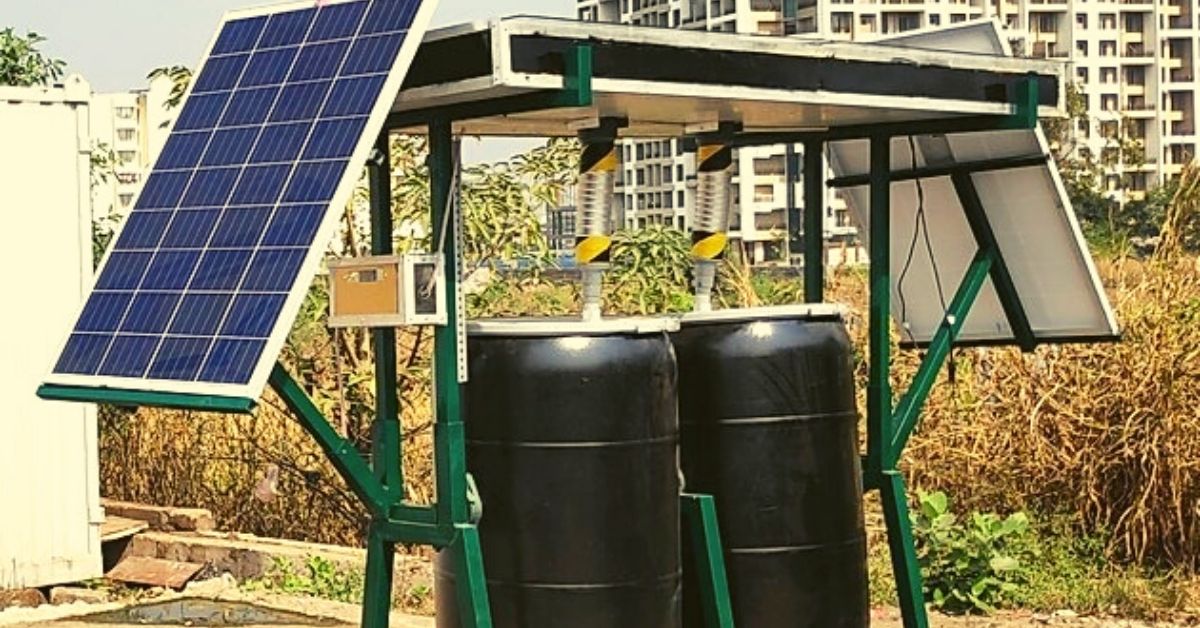
- A worm bin with a lightbulb next to it. This image shows how worm castings can be used to create biogas, which can be used to generate electricity.
- A pile of compost with a heat lamp above it. This image shows how compost can be used to generate heat, which can be used to warm homes or businesses.
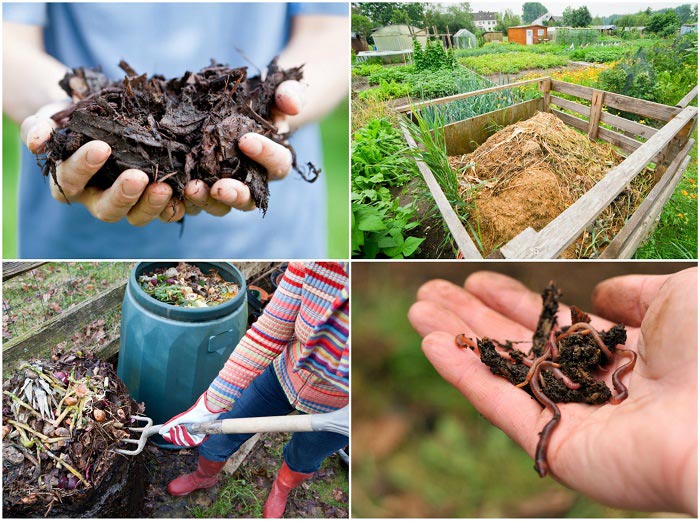
- A compost-powered generator. This image shows a generator that is powered by the heat generated from composting.
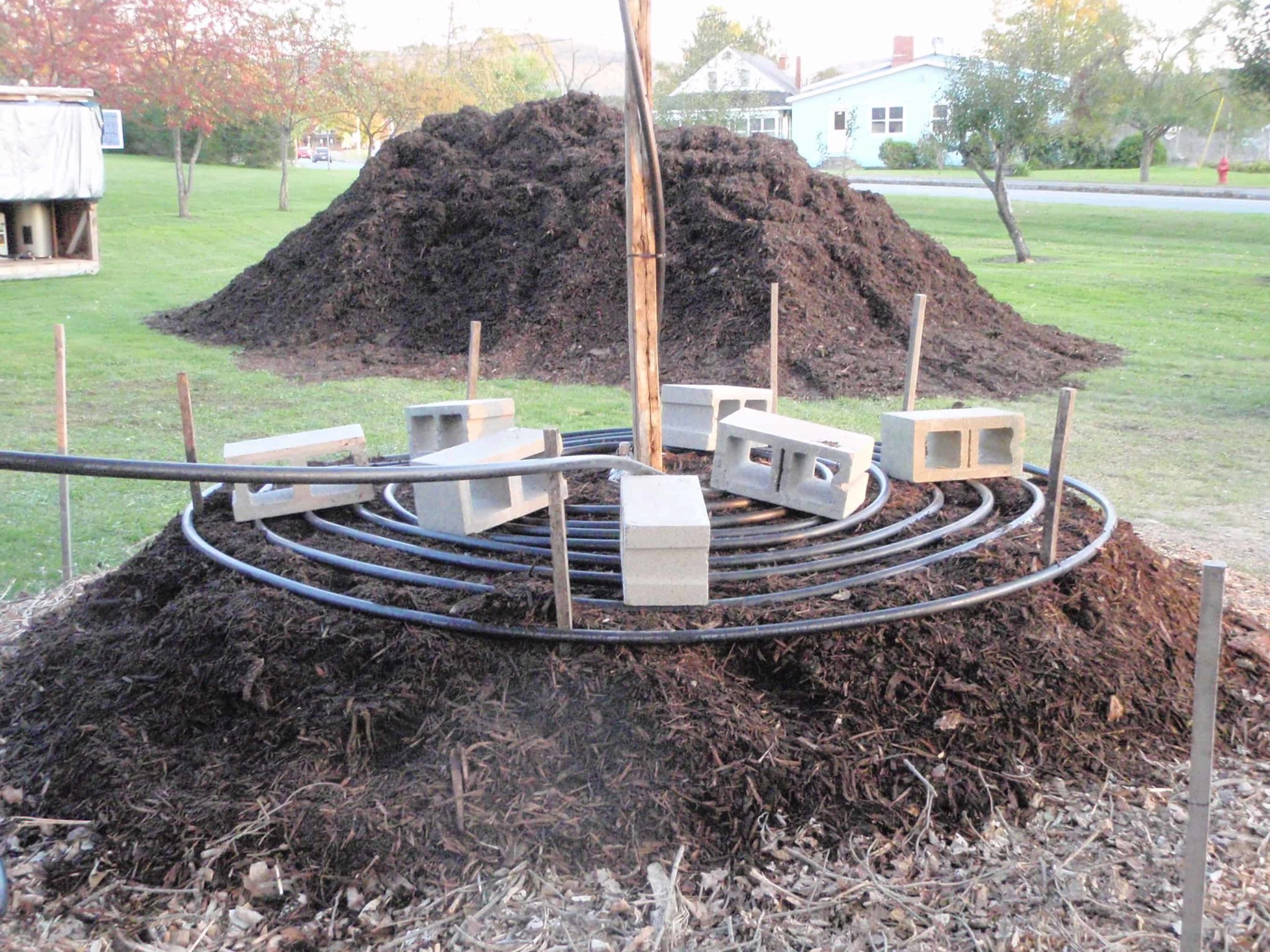
- A compost-powered water heater. This image shows a water heater that is powered by the heat generated from composting.

- A compost-powered oven. This image shows an oven that is powered by the heat generated from composting.

- A compost-powered car. This image shows a car that is powered by the methane gas generated from composting.
- A compost-powered light bulb. This image shows a light bulb that is powered by the electricity generated from composting.
- A compost-powered farm. This image shows a farm that is powered by the electricity generated from composting.

- A compost-powered community. This image shows a community that is powered by the electricity generated from composting.

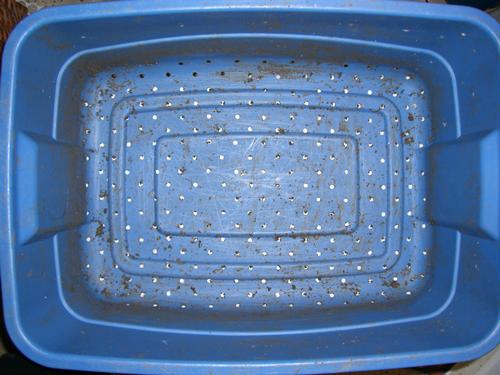
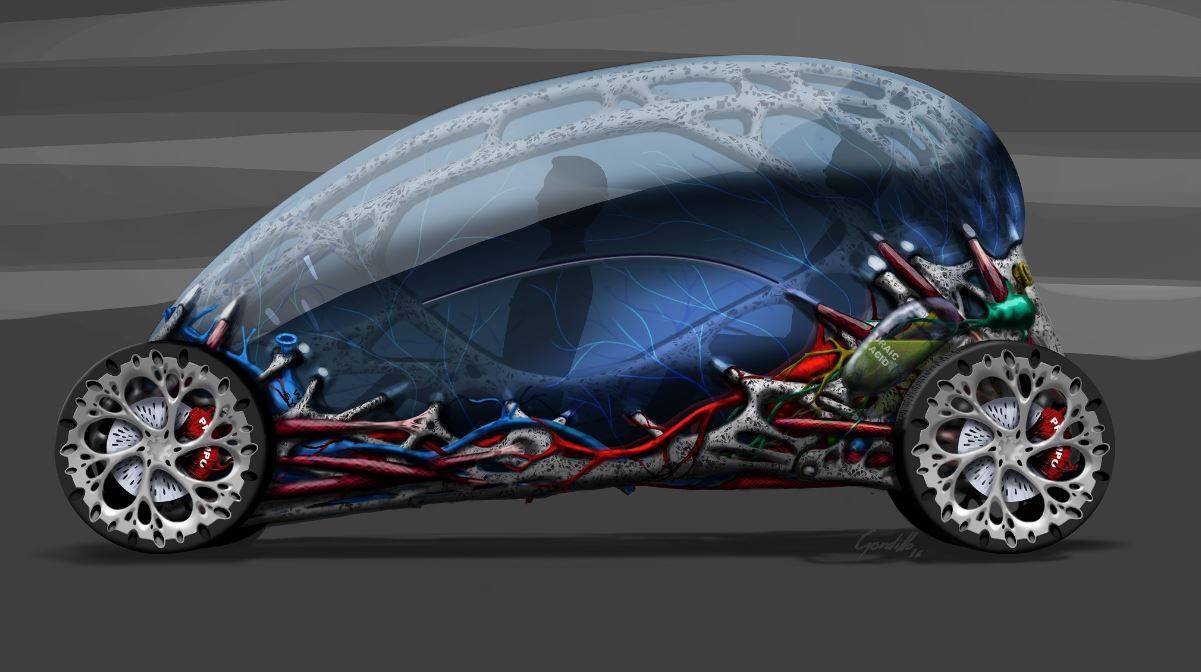
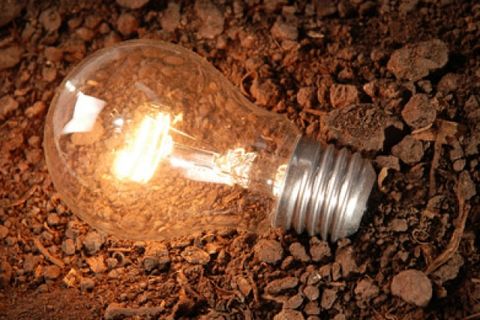
Post a Comment for "Compost Power: How To Turn Your Food Scraps Into Rich Nutrientdense Soil"